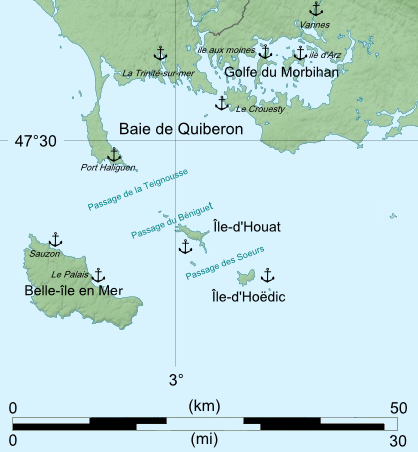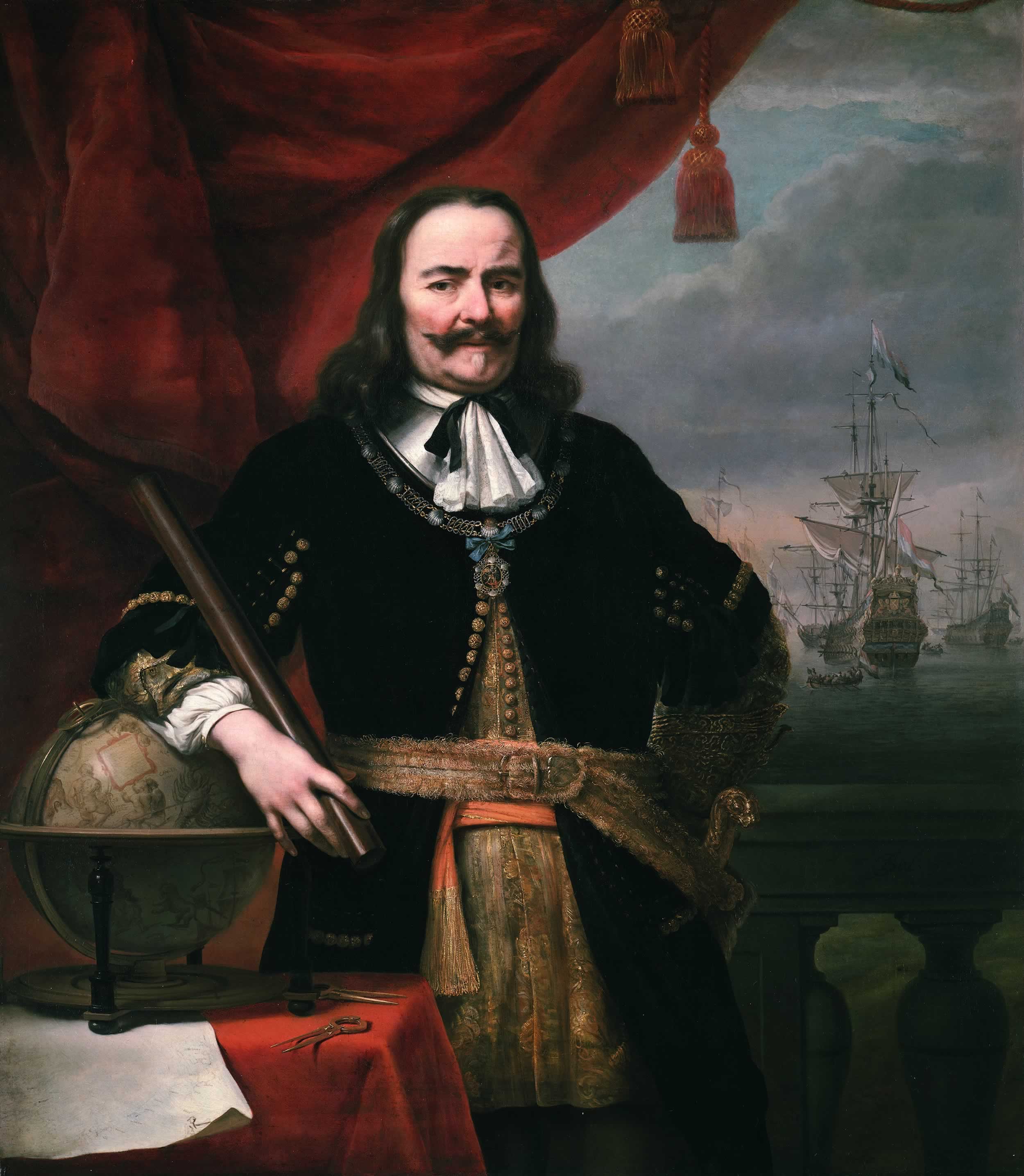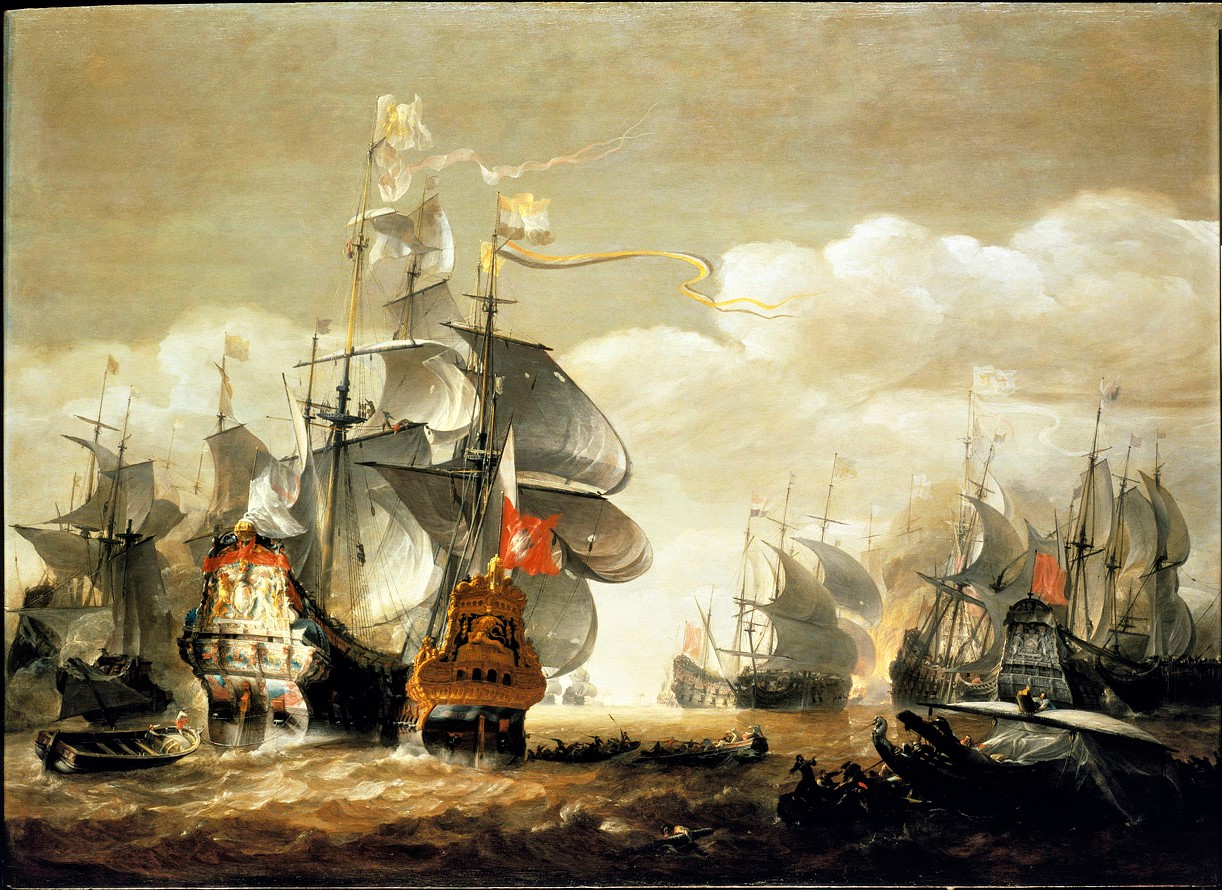|
HMS Swiftsure
The Royal Navy has had ten ships named ''Swiftsure'' since 1573, including: * , a galleon, renamed ''Speedwell'' and rebuilt in 1607, and lost in 1624. * , a 42-gun great ship captured by the Dutch in 1666. * , a 70-gun ship later renamed ''Revenge''. * , a 70-gun third-rate ship of the line. * , a 74-gun third-rate ship of the line captured by the French in 1801. Later recaptured by the Royal Navy in the Battle of Trafalgar and renamed HMS ''Irresistible''. * , a 74-gun third-rate ship of the line launched in 1804 which served at the Battle of Trafalgar and was sold in 1845. * , the lead ship of Swiftsure-class ironclad, her class of ironclad battleships. * , the lead ship of Swiftsure-class battleship, her class of pre-dreadnought battleships. She served in the Mediterranean in World War I and was broken up in 1920. * , a light cruiser that served in the Far East in World War II. * , the lead ship of Swiftsure-class submarine, her class of submarines. She was decommissioned in 1 ... [...More Info...] [...Related Items...] OR: [Wikipedia] [Google] [Baidu] |
Royal Navy
The Royal Navy (RN) is the United Kingdom's naval warfare force. Although warships were used by English and Scottish kings from the early medieval period, the first major maritime engagements were fought in the Hundred Years' War against France. The modern Royal Navy traces its origins to the early 16th century; the oldest of the UK's armed services, it is consequently known as the Senior Service. From the middle decades of the 17th century, and through the 18th century, the Royal Navy vied with the Dutch Navy and later with the French Navy for maritime supremacy. From the mid 18th century, it was the world's most powerful navy until the Second World War. The Royal Navy played a key part in establishing and defending the British Empire, and four Imperial fortress colonies and a string of imperial bases and coaling stations secured the Royal Navy's ability to assert naval superiority globally. Owing to this historical prominence, it is common, even among non-Britons, to ref ... [...More Info...] [...Related Items...] OR: [Wikipedia] [Google] [Baidu] |
Submarine
A submarine (or sub) is a watercraft capable of independent operation underwater. It differs from a submersible, which has more limited underwater capability. The term is also sometimes used historically or colloquially to refer to remotely operated vehicles and Autonomous underwater vehicle, robots, as well as medium-sized or smaller vessels, such as the midget submarine and the wet sub. Submarines are referred to as ''boats'' rather than ''ships'' irrespective of their size. Although experimental submarines had been built earlier, submarine design took off during the 19th century, and they were adopted by several navies. They were first widely used during World War I (1914–1918), and are now used in many navy, navies, large and small. Military uses include attacking enemy surface ships (merchant and military) or other submarines, and for aircraft carrier protection, Blockade runner, blockade running, Ballistic missile submarine, nuclear deterrence, reconnaissance, conventio ... [...More Info...] [...Related Items...] OR: [Wikipedia] [Google] [Baidu] |
Battle Of Quiberon Bay
The Battle of Quiberon Bay (known as ''Bataille des Cardinaux'' in French) was a decisive naval engagement during the Seven Years' War. It was fought on 20 November 1759 between the Royal Navy and the French Navy in Quiberon Bay, off the coast of France near St. Nazaire. The battle was the culmination of British efforts to eliminate French naval superiority, which could have given the French the ability to carry out their planned invasion of Great Britain. A British fleet of 24 ships of the line under Sir Edward Hawke tracked down and engaged a French fleet of 21 ships of the line under Marshal de Conflans. After hard fighting, the British fleet sank or ran aground six French ships, captured one and scattered the rest, giving the Royal Navy one of its greatest victories, and ending the threat of French invasion for good. The battle signalled the rise of the Royal Navy in becoming the world's foremost naval power, and, for the British, was part of the Annus Mirabilis of 1759 ... [...More Info...] [...Related Items...] OR: [Wikipedia] [Google] [Baidu] |
Battle Of Lagos
The naval Battle of Lagos took place between a British fleet commanded by Sir Edward Boscawen and a French fleet under Jean-François de La Clue-Sabran over two days in 1759 during the Seven Years' War. They fought south west of the Gulf of Cádiz on 18 August and to the east of the small Portuguese port of Lagos, after which the battle is named, on 19 August. La Clue was attempting to evade Boscawen and bring the French Mediterranean Fleet into the Atlantic, avoiding battle if possible; he was then under orders to sail for the West Indies. Boscawen was under orders to prevent a French breakout into the Atlantic, and to pursue and fight the French if they did. During the evening of 17 August the French fleet successfully passed through the Strait of Gibraltar, but was sighted by a British ship shortly after it entered the Atlantic. The British fleet was in nearby Gibraltar, undergoing a major refit. It left port amidst great confusion, most ships not having their refurbishments ... [...More Info...] [...Related Items...] OR: [Wikipedia] [Google] [Baidu] |
Battle Of Málaga (1704)
The battle of Málaga, also known as the battle of Vélez-Málaga, was a major fleet action which took place during the War of the Spanish Succession between an Anglo-Dutch fleet and a French naval force on 24 August 1704. Both sides fought an intense engagement before the Anglo-Dutch fleet withdrew the next day. The French subsequently returned to Toulon, transforming the battle from a tactical stalemate into a strategic defeat, as they would not put out to sea again for the duration of the conflict. Occurring soon after the Anglo-Dutch capture of Gibraltar a few weeks prior, the battle served as one of the numerous engagements which took place for control over the settlement during the war. In 1701, the War of the Spanish Succession broke out, pitting the Bourbon kingdoms of France and Spain against Grand Alliance, which included the English and Dutch. An Anglo-Dutch fleet under Sir George Rooke was sent into the Mediterranean in 1704, capturing Gibraltar on 4 August. Upon ... [...More Info...] [...Related Items...] OR: [Wikipedia] [Google] [Baidu] |
Capture Of Gibraltar
The Capture of Gibraltar by Anglo-Dutch forces of the Grand Alliance occurred between 1 and 4 August 1704 during the War of the Spanish Succession. Since the beginning of the war the Alliance had been looking for a harbour in the Iberian Peninsula to control the Strait of Gibraltar and facilitate naval operations against the French fleet in the western Mediterranean Sea. An attempt to seize Cádiz had ended in failure in September 1702, but following the Alliance fleet's successful raid in Vigo Bay in October that year, the combined fleets of the 'Maritime Powers', the Netherlands and England, had emerged as the dominant naval force in the region. This strength helped persuade King Peter II of Portugal to sever his alliance with France and Bourbon-controlled Spain, and ally himself with the Grand Alliance in 1703 as the Alliance fleets could campaign in the Mediterranean using access to the port of Lisbon and conduct operations in support of the Austrian Habsburg candidat ... [...More Info...] [...Related Items...] OR: [Wikipedia] [Google] [Baidu] |
Battle Of Vigo Bay
The Battle of Vigo Bay, also known as the Battle of Rande (; ), was a naval engagement fought on 23 October 1702 during the opening years of the War of the Spanish Succession. The engagement followed an Anglo-Dutch attempt to capture the Spanish port of Cádiz in September in an effort to secure a naval base in the Iberian Peninsula. From this station the Allies had hoped to conduct operations in the western Mediterranean Sea, particularly against the French at Toulon. The amphibious assault, however, had proved a disaster, but as Admiral George Rooke retreated home in early October, he received news that the Spanish treasure fleet from America, laden with silver and merchandise, had entered Vigo Bay in northern Spain. Philips van Almonde convinced Rooke to attack the treasure ships, despite the lateness of the year and the fact that the vessels were protected by French ships-of-the-line. The engagement was an overwhelming naval success for the Allies: the entire French escort fl ... [...More Info...] [...Related Items...] OR: [Wikipedia] [Google] [Baidu] |
Battles Of Barfleur And La Hogue
The Battles of Barfleur and La Hougue took place during the Nine Years' War, between 19 May Old Style, O.S. (29 May New Style, N.S.) and 4 June O.S. (14 June N.S.) 1692. The first was fought near Barfleur on 19 May O.S. (29 May N.S.), with later actions occurring between 20 May O.S. (30 May N.S.) and 4 June O.S. (14 June N.S.) at Cherbourg-Octeville, Cherbourg and Saint-Vaast-la-Hougue in Normandy, France. The French attempt to restore James II of England, James II to the English throne—the Williamite War in Ireland—ended in defeat in October 1691. Instead, a fleet of 44 ships of the line under Admiral de Tourville was to transport an invasion force commanded by Bernardin Gigault de Bellefonds. The Anglo-Dutch ships wintered in separate ports, and Tourville was ordered to put to sea as early as possible, hoping to intercept them before they could combine. However, when he finally did so in late May, the two fleets under Admiral Edward Russell, 1st Earl of Orford, Edward Russ ... [...More Info...] [...Related Items...] OR: [Wikipedia] [Google] [Baidu] |
Battle Of Texel
The naval Battle of Texel or Battle of Kijkduin took place off the southern coast of island of Texel on 21 August 1673 (11 August Old Style, O.S.) between the Dutch Republic, Dutch and the combined Kingdom of England, English and Kingdom of France, French fleets. It was the last major battle of the Third Anglo-Dutch War, which was itself part of the Franco-Dutch War (1672–1678), during which Louis XIV of France invaded the Republic and sought to establish control over the Spanish Netherlands. English involvement came about because of the Treaty of Dover, secretly concluded by Charles II of England, and which was highly unpopular with the English Parliament. The overall commanders of the English and Dutch military forces were Lord High Admiral James, James II of England, Duke of York, later James II, and Admiral-General William III of England, William III of Orange, his son-in-law and another future King of England. Neither of them took part in the fight. Prince Rupert of the ... [...More Info...] [...Related Items...] OR: [Wikipedia] [Google] [Baidu] |
Battle Of Schooneveld
The Battles of Schooneveld were two naval battles of the Franco-Dutch War, fought off the coast of the Netherlands on 7 June and 14 June 1673 (New Style; 28 May and 4 June in the Julian calendar then in use in England) between an allied Anglo-French fleet commanded by Prince Rupert of the Rhine on his flagship the Royal Charles, and the fleet of the United Provinces, commanded by Michiel de Ruyter. The Dutch victories in the two battles, and at the Battle of the Texel that followed in August, saved their country from an Anglo-French invasion. Background The Franco-Dutch War of 1672–1678 resulted from the attempts of Louis XIV of France to annex the Spanish Netherlands. In 1672, troops from France, Münster and Cologne invaded the Netherlands by land, while England's navy attacked Dutch shipping and threatened a seaborne invasion. The conflict between England and the Republic is commonly called the Third Anglo-Dutch War. The years 1672-1673 were particularly despera ... [...More Info...] [...Related Items...] OR: [Wikipedia] [Google] [Baidu] |
Four Days' Battle
The Four Days' Battle, also known as the Four Days' Fight in some English sources and as Vierdaagse Zeeslag in Dutch, was a naval battle of the Second Anglo-Dutch War. Fought from 1 June to 4 June 1666 in the Julian or Old Style calendar that was then used in England, in the southern North Sea, it began off the Flemish coast and ended near the English coast. It remains one of the longest naval engagements in history. Dutch accounts referred to its dates as 11 June to 14 June 1666 by using the New Style calendar. The Dutch inflicted significant damage on the English fleet, which lost ten ships in total, with over 1,000 men killed, including two vice-admirals, Sir Christopher Myngs and Sir William Berkeley, and almost 2,000 English were taken prisoner including a third vice-admiral, George Ayscue. Dutch losses were four ships destroyed by fire and over 1,550 men killed, including Lieutenant Admiral Cornelis Evertsen, Vice Admiral Abraham van der Hulst and Rear Admiral Frederik ... [...More Info...] [...Related Items...] OR: [Wikipedia] [Google] [Baidu] |
Battle Of Lowestoft
The Battle of Lowestoft took place on during the Second Anglo-Dutch War. A fleet of more than a hundred ships of the United Provinces commanded by Lieutenant-Admiral Jacob van Wassenaer, Lord Obdam attacked an English fleet of equal size commanded by James, Duke of York forty miles east of the port of Lowestoft in Suffolk. Although it was a substantial English victory, the escape of the bulk of the Dutch fleet deprived England of the chance of ending the war quickly with a single decisive victory. As a result, the Dutch were able to make good their losses by building new and better-armed ships and improving their organisation and discipline. Their Dutch fleets would not be so badly organised or ill-disciplined in the remaining battles of this war and, in Obdam's replacement, Michiel de Ruyter, the Dutch had gained a superb tactician and leader for the remainder of the war. Background The Second Anglo-Dutch War resulted from long-standing commercial tensions between England ... [...More Info...] [...Related Items...] OR: [Wikipedia] [Google] [Baidu] |






_-_The_Second_Battle_of_Schooneveld%2C_4_June_1673_-_BHC0306_-_Royal_Museums_Greenwich.jpg)

